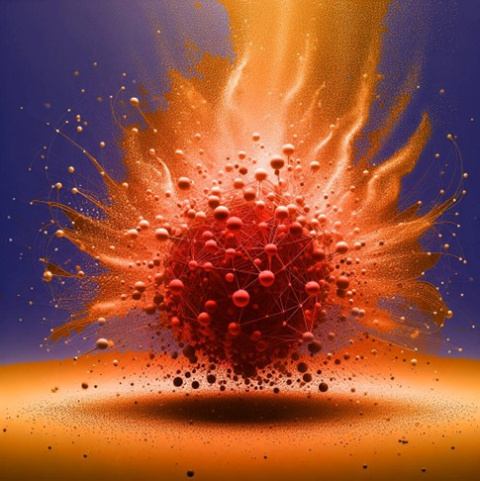
A new calculation helps scientists understand how matter formed out of the hot, dense soup of subatomic particles created by the Big Bang.
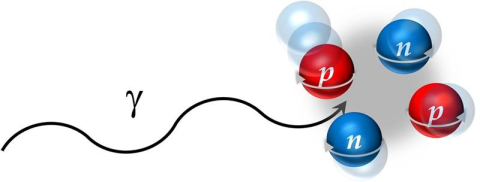
New calculations confirm recent experimental results on the transition between the alpha particle and its first excited state.
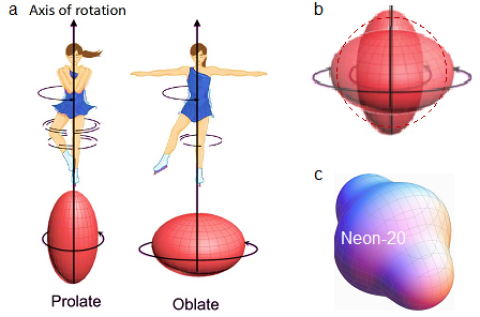
Scientists resolve the hypothesized anomalous increase in moment of inertia of fast rotating nuclei with models of neon-20 and chromium-48 nuclei.
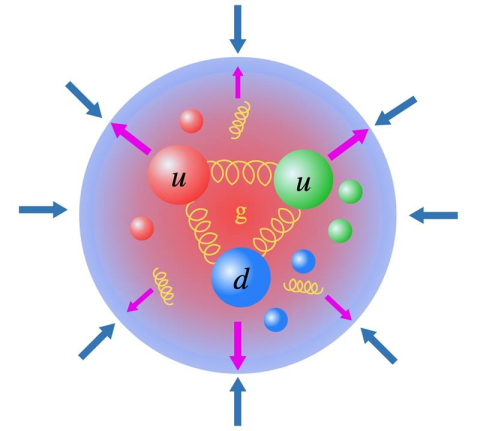
From the microscopic world to the entire Universe, pressure and energy relate in a similar manner.
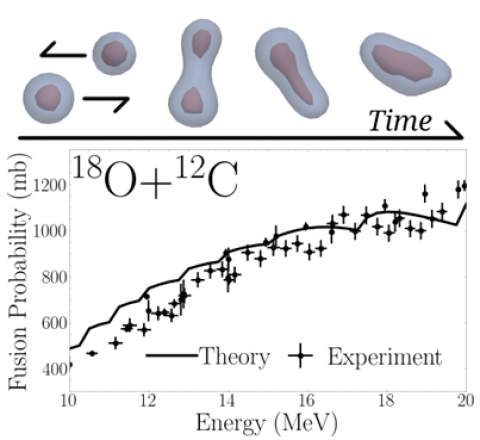
A significantly improved description of experimental results suggests the importance of presently unaccounted for phenomena in fusion.
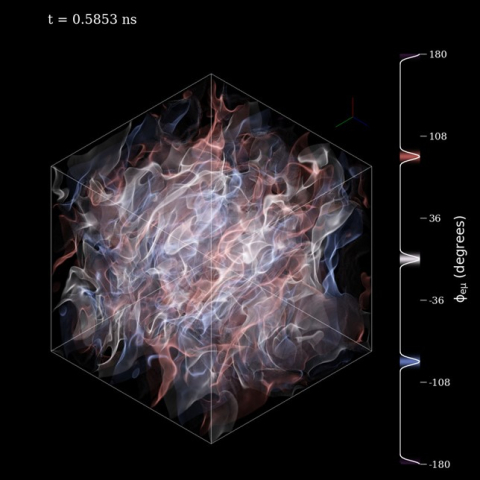
Scientists use state-of-the-art hydrodynamical simulation codes for astrophysics to solve the dynamical equations for neutrino flavor.
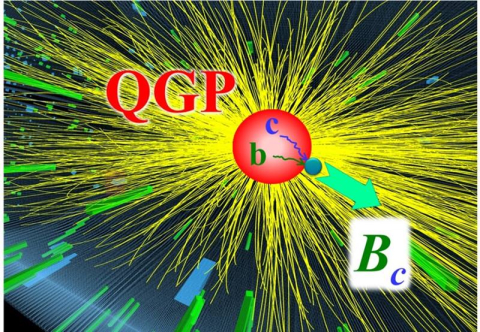
Evidence for the formation of a quark-gluon plasma emerges from the recombination of freely moving charm and bottom quarks into Bc mesons.
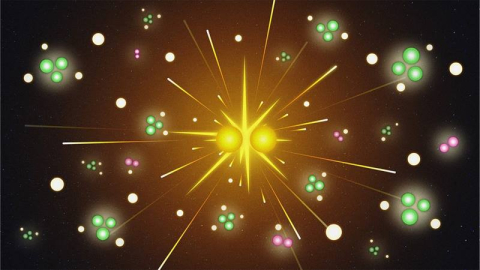
Measurements from the LHCb collaboration expand scientific understanding of how individual quarks assemble to form observable matter.
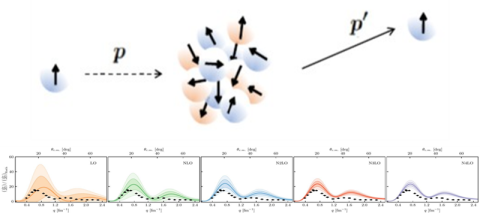
Research finds ab initio effective field theories are useful for calculating how nucleons scatter from collisions of atomic nuclei.
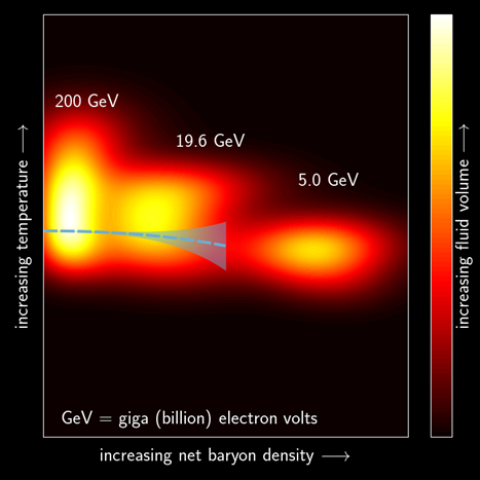
Scientists use a large-scale statistical analysis to extract the viscosity of hot, dense nuclear matter created at different heavy ion collision energies.

